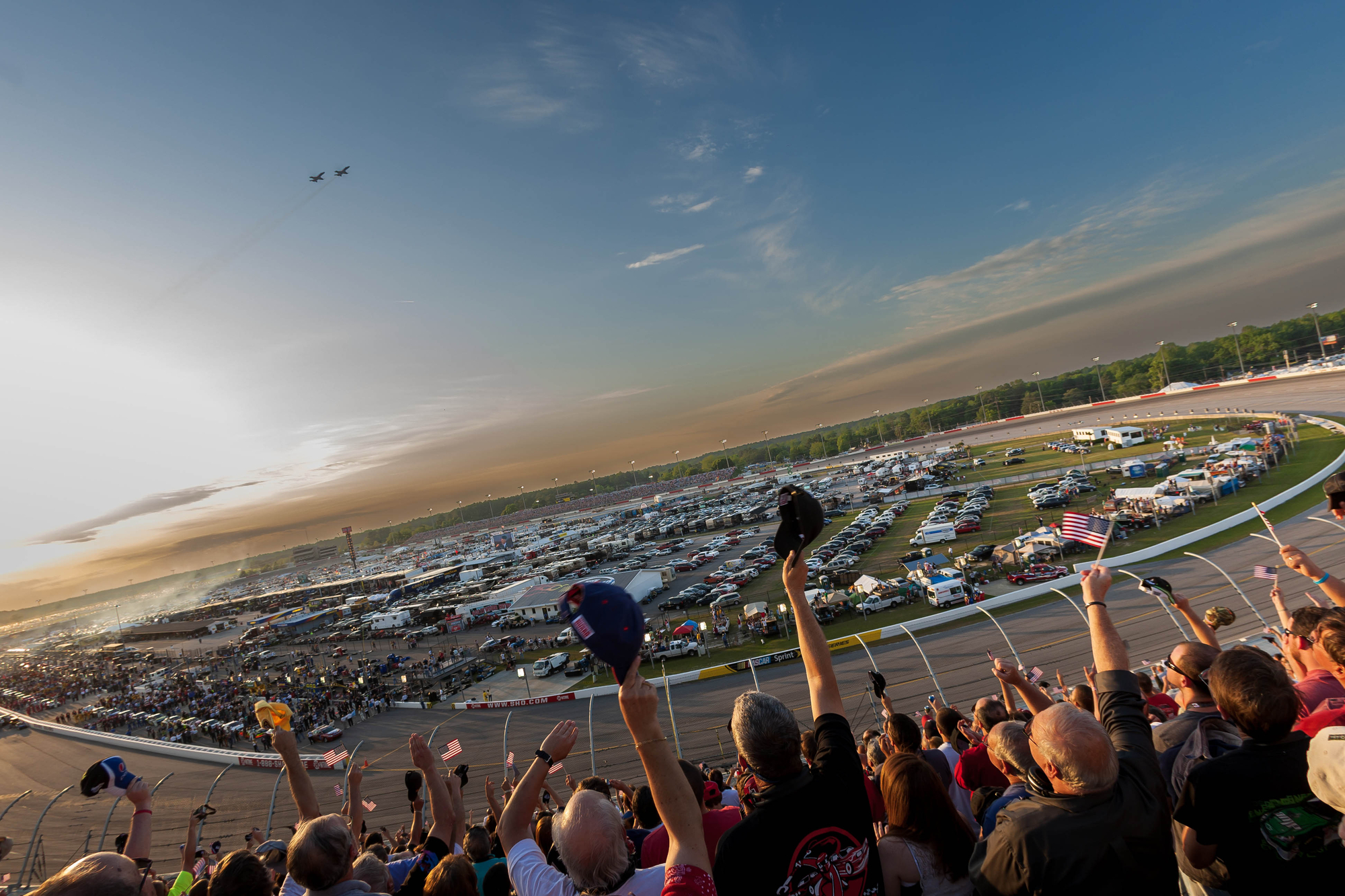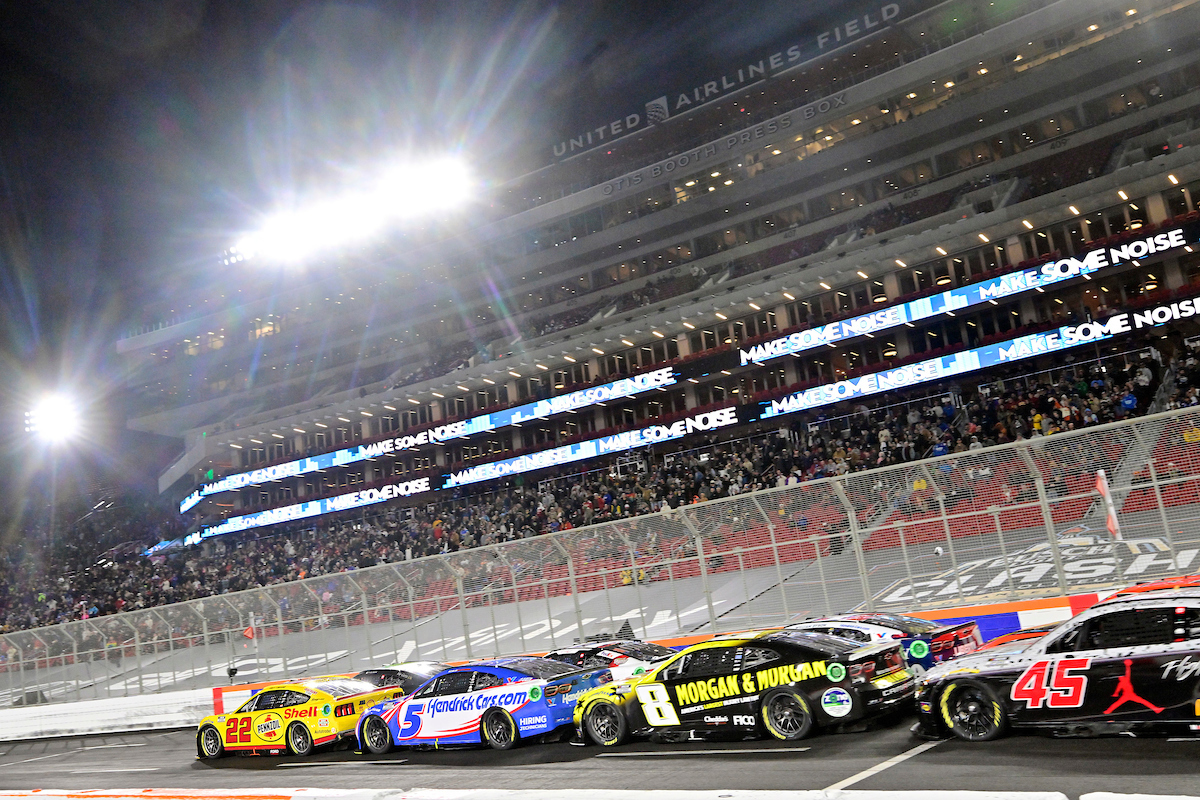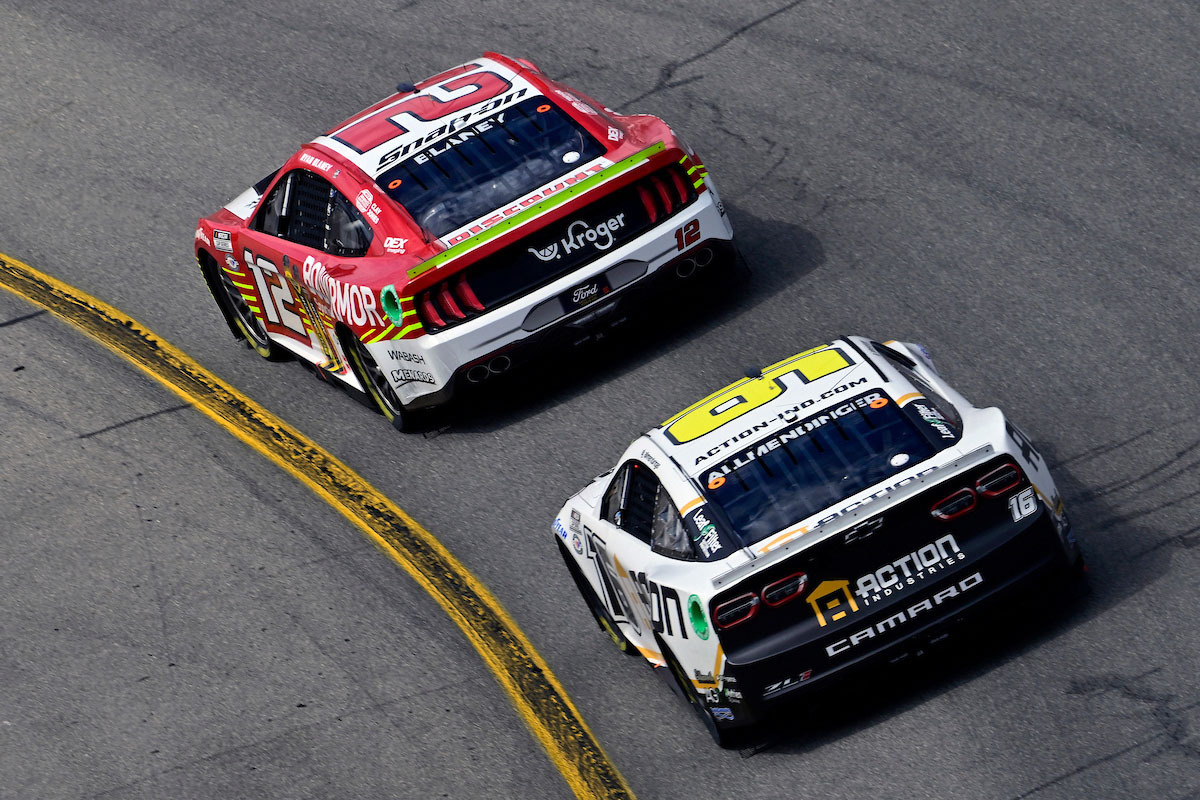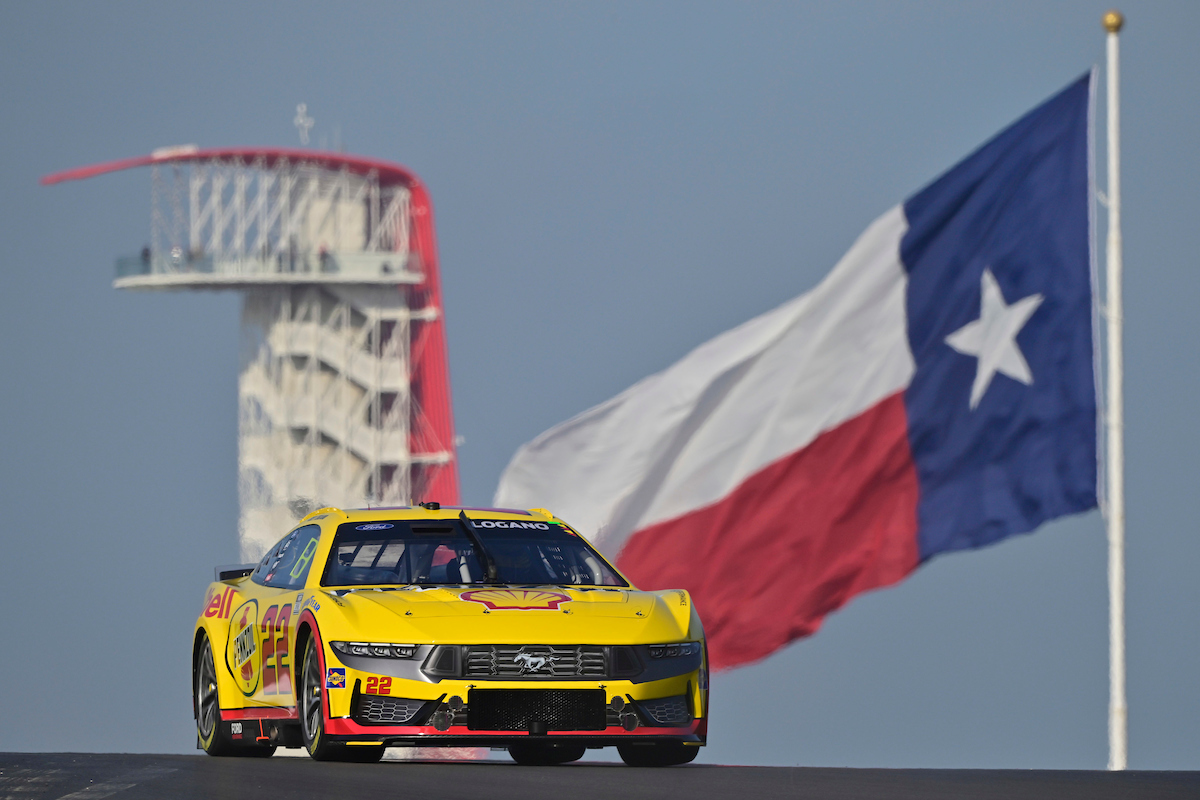Why did Dodge leaving NASCAR in 1977?
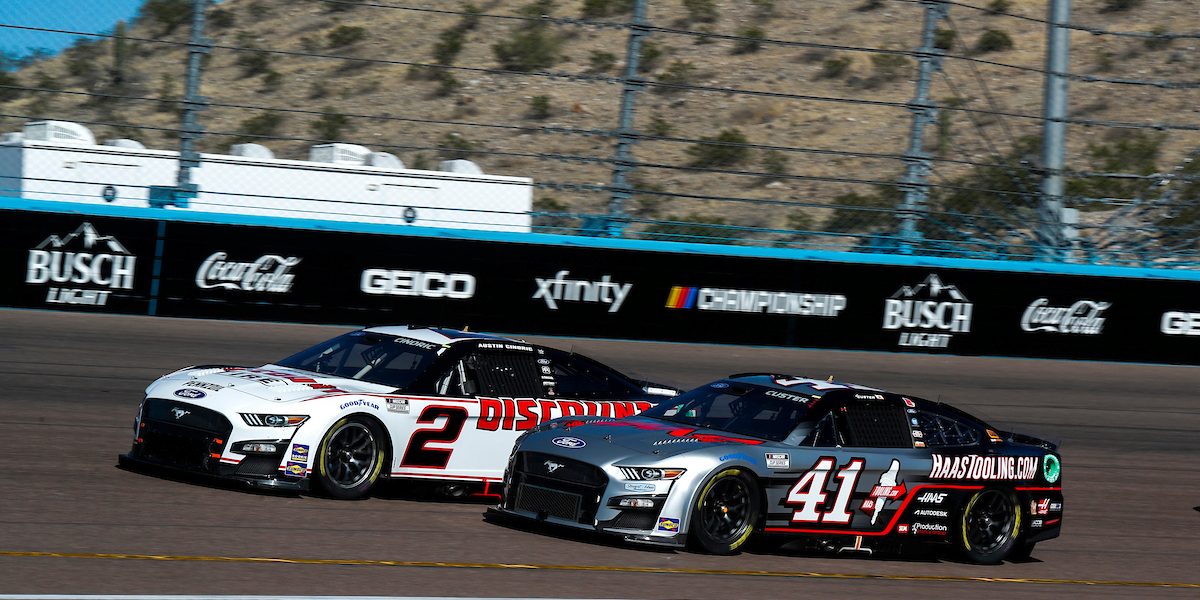
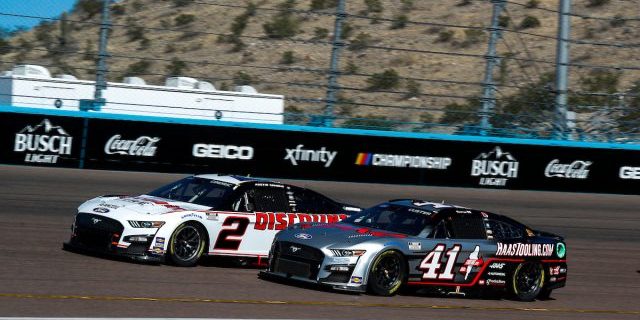
The Untold Story Behind a Major Motorsport Decision
You’ve probably found yourself wondering about the intriguing history of motorsport, specifically why Dodge, a prominent player, decided to leave NASCAR in 1977. As it relates to your interest in motorsport history, this is a question that has stirred curiosity for years.
Dodge left NASCAR in 1977 due to a combination of financial concerns, changes in corporate strategy, and shifts in the competitive landscape of motorsport.
In this article, we will dive deep into the circumstances and reasons that led Dodge to make this momentous decision, shedding light on the nuances and intricate details of this chapter in motorsport history.
Table of Contents
A Detailed Explanation of Dodge’s Departure
The Financial Landscape
In the mid-1970s, the automotive industry, especially in the US, underwent significant shifts. The oil crisis had a massive impact on car manufacturing, with companies having to adapt to changing consumer preferences and demands for more fuel-efficient vehicles. Dodge, like many other manufacturers, faced financial strain during this period, which inevitably affected its investment in activities like NASCAR.
Corporate Strategy Overhaul
Dodge’s parent company, Chrysler, was reevaluating its priorities during this period. Motorsport, while popular, was a costly venture. Given the financial pressures and the need to redirect funds to R&D for more fuel-efficient vehicles, the company decided that its involvement in NASCAR wasn’t aligning with its immediate goals.
Competitive Landscape Changes
By 1977, the NASCAR scene was evolving rapidly. New players, technological advancements, and changing regulations meant that maintaining a competitive edge was becoming increasingly challenging and expensive. Dodge might have foreseen the rising costs of participation and questioned the ROI of continued involvement.
Here’s everything else you need to know about Dodge, NASCAR, and the motorsport world of the 1970s.
The Legacy of Dodge in NASCAR
Dodge’s involvement in NASCAR predates the 1970s. The brand had been a significant player in the motorsport world, boasting several victories and iconic moments. Their cars, notably the Dodge Charger, became synonymous with speed, power, and performance. However, their departure marked the end of an era, but the legacy they left behind continues to be celebrated by fans and historians alike.
The Impact on Teams and Drivers
When Dodge pulled out, several teams and drivers were left in a conundrum. The support, both technical and financial, was integral for many. This departure led to a reshuffling, with teams having to find new partnerships, and some drivers even switching brands. It was a period of significant transition, highlighting the deep-rooted relationship between manufacturers and the sport.
The Return of Dodge to NASCAR
While Dodge left in 1977, its love affair with NASCAR wasn’t over. The brand made a comeback in the early 2000s, marking a new chapter in their motorsport journey. With new cars, teams, and renewed energy, they once again sought to capture the imagination of fans and the top spots on the podium.
Why did Dodge leaving NASCAR in 1977? – Final Thoughts
As you delve into the annals of motorsport history, Dodge’s decision to leave NASCAR in 1977 stands out as a pivotal moment. It’s a testament to the ever-changing nature of sports, business, and industry landscapes.
Why did Dodge leaving NASCAR in 1977? – FAQ
Did Dodge ever return to NASCAR?
Yes, Dodge returned to NASCAR in the early 2000s after a hiatus.
Which Dodge car was most prominent in NASCAR?
The Dodge Charger was one of the most iconic and successful Dodge vehicles in NASCAR.
Why are manufacturers involved in NASCAR?
Manufacturers often participate in NASCAR for marketing benefits, technological development, and brand prestige.






